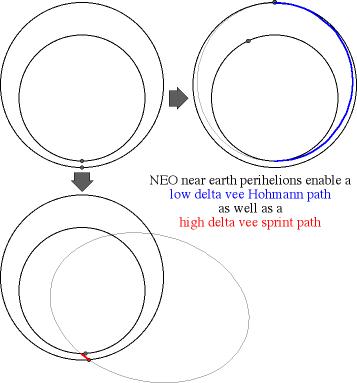O
orionrider
Guest
Europe as a political entity lacks the kind of national pride and leadership necessary to go anywhere far. Maybe the people would like to, but not the politicians. That is where NASA could play the role of a catalyst. If Obama publicly asked Germany to cooperate in a joint mission, the Germans would happily give him their euros. No politician would dare to refuse. Remember, the guy has 90% popularity over there 
After that France, Italy, Belgium, Spain and the others would follow suit.
If the mission were to fail, it would be the great Satan's fault. And if it succeeds, everyone will say they were part of it. :mrgreen:
After that France, Italy, Belgium, Spain and the others would follow suit.
If the mission were to fail, it would be the great Satan's fault. And if it succeeds, everyone will say they were part of it. :mrgreen:




